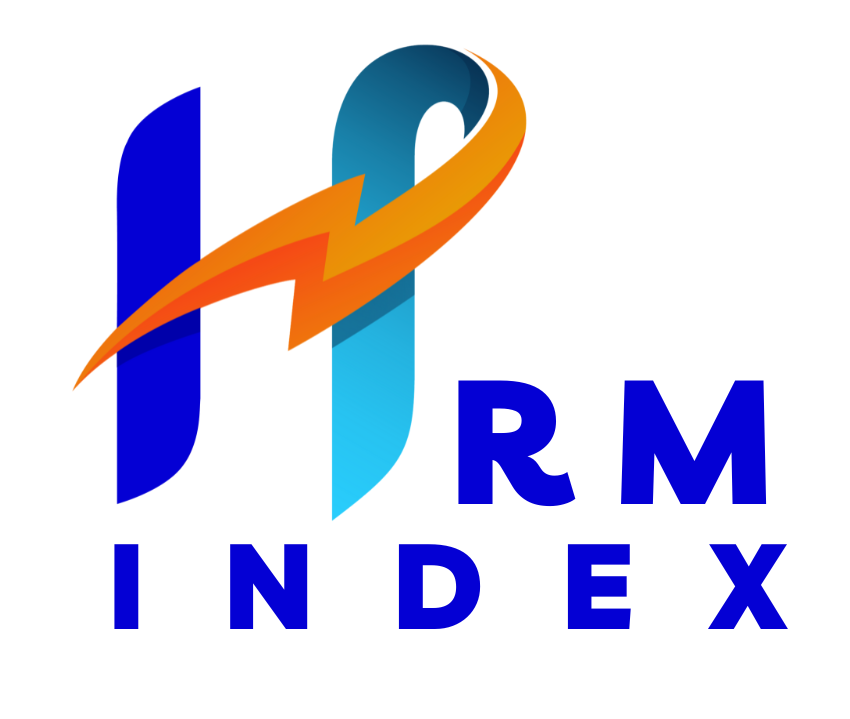Certainly! Reporting your research results and findings effectively in a thesis is crucial for conveying the significance of your study. Here are some best practices to follow when help with thesis or dissertation writing up your results:
- Use the Past Tense:
- Write your results section in the past tense. Describe what you found, not what you are currently finding.
- Be Concise and Relevant:
- Keep your results section concise. Include only relevant findings that directly address your research questions or hypotheses.
- Avoid unnecessary details or tangential information.
- Avoid Interpretations:
- Stick to reporting facts without interpreting them. Save interpretations and discussions for the appropriate sections (e.g., the discussion or conclusion).
- Use objective language and avoid speculative words like “suggests” or “implies.”
- Organize Your Results Logically:
- Start with the most important or broadest findings first.
- Follow a logical order that aligns with your research questions or hypotheses.
- Use subheadings to organize different aspects of your results.
- Use Tables and Figures Effectively:
- Tables and figures (graphs, charts, diagrams) can enhance clarity.
- Label and caption each table or figure clearly.
- Quantitative Research Results:
- Report statistical analyses, p-values, confidence intervals, and effect sizes.
- Be transparent about any assumptions or limitations.
- State whether each hypothesis was supported or rejected.
- Qualitative Research Results:
- Summarize key themes, patterns, or insights from your qualitative data.
- Use quotes or excerpts from interviews or texts to illustrate your findings.
- Provide context for each theme or category.
- Include Descriptive Statistics:
- If applicable, report means, standard deviations, frequencies, or other relevant descriptive statistics.
- Use appropriate units of measurement.
- Address Negative or Unexpected Results:
- Don’t shy away from reporting findings that contradict your hypotheses.
- Discuss unexpected results honestly and explore possible reasons.
- Be Transparent About Limitations:
- Acknowledge any limitations in your study (e.g., sample size, data collection methods, external validity).
- Discuss how these limitations may impact the interpretation of your results.
See Also : Can you provide an example of a well-written thesis?
